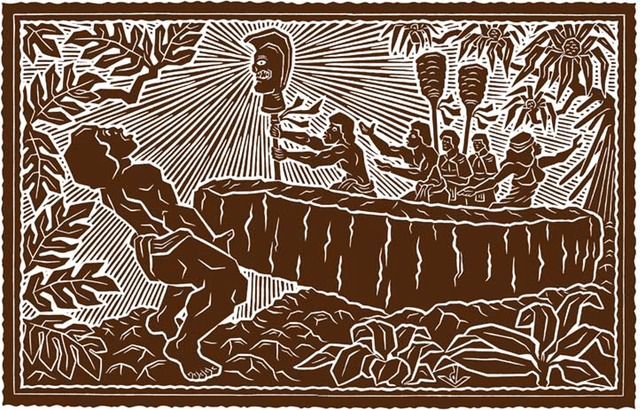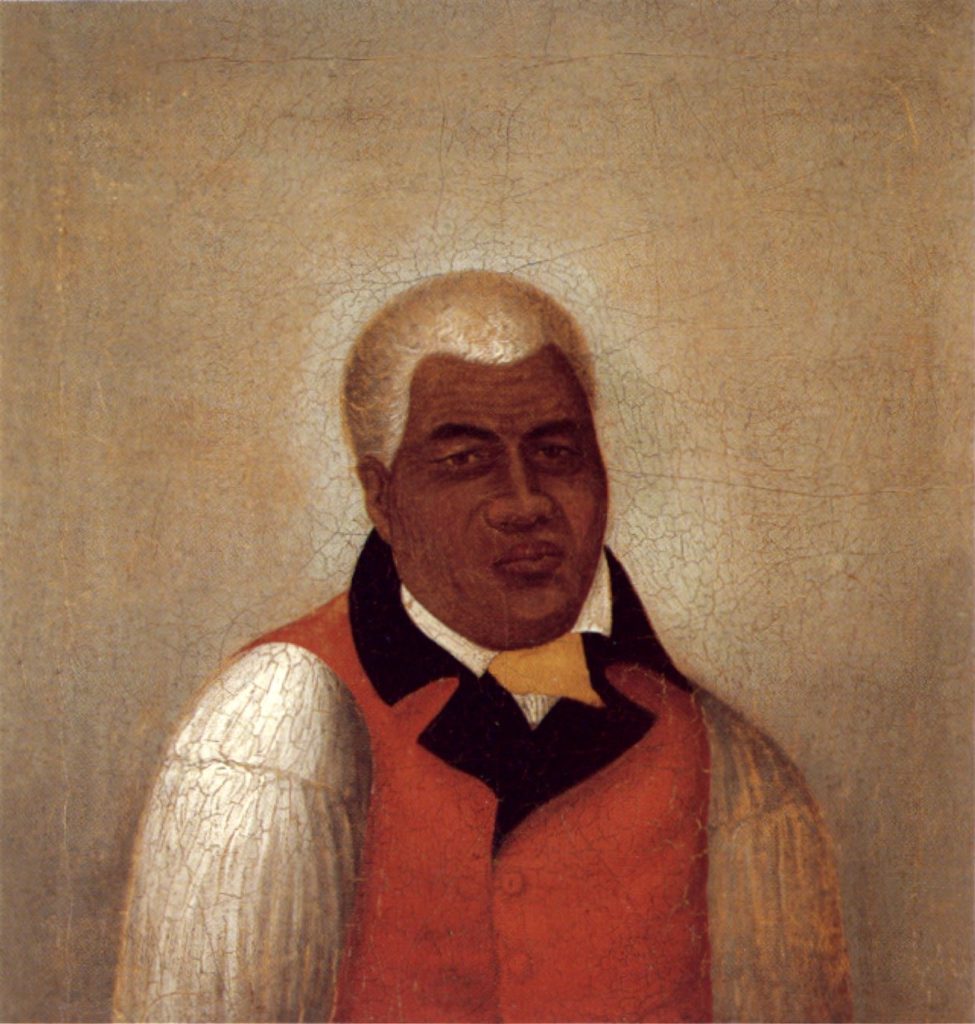David and Lydia Bray sought to reinsert hula into everyday public life. A group of influential Hawaiians – a princess, a famed hula dancer, and a composer – gathered at a Honolulu home in 1919 to judge a private hula performance.
The Brays, a young Hawaiian couple who were dancers themselves, had staged this unofficial “hula trial.” They sought to address the question, Was hula truly vulgar and vile? All we know is that girls from the ages of eight to fourteen presented their hula repertoire before the panel.
At the end of the presentation, the judges conferred and delivered a “not guilty” verdict. The hula was clean; its practitioners should not fear performing before Hawaiian and American audiences. (Imada)
For many Hawaiian women, hula presented a dream ticket out of Hawai‘i, promising fame, glamour, and middle-class status difficult for them to achieve in the plantation and service industries. Hula dancers could earn between fifty and one hundred dollars a week, compared with four to ten dollars a week in the pineapple canneries.
Talent recruiters from the US continent took advantage of the ample labor pool in the islands. Orchestra leaders, Hollywood film studios, and American nightclubs periodically scouted for dancers in Hawai‘i, where women often faced stiff competition for coveted hula contracts. (Imada)
Then, in 1938, sponsored by Hollywood’s Metro-Goldwyn-Mayer Studios (MGM) and the Hawai‘i-based Consolidated Amusement Company, the “Inter-Island Hula Contest” sought to crown a “hula queen.”
In the “greatest hula contest ever staged in the Islands,” nearly five hundred young Hawaiian women competed for the title for more than a month, going through several rounds of competition. Each hoped to win the grand prize: a trip to Hollywood and a chance at stardom in the United States.
On almost every island, audiences followed the competition with great enthusiasm, buying tickets for preliminary rounds held at movie theaters and rooting for their favorites.
On Friday nights on O‘ahu, local people attended elimination rounds at the Hawai‘i Theater and indicated by applause their choices of finalists. (Imada)
In September 1938 five finalists from five different islands gathered in Honolulu for a “Hula-Nui Nite” (Big Hula Nite). Finalists were Keahi Bright, Oahu; Rita Lum Ho, Maui; Dorothy K Dudoit, Molokai; Ethel Moniz, Hawaii and Kealoha Holt, Kauai. In an overflowing theater, a board of judges crowned the contestant from Kauai, Alice Kealoha Pauole Holt, “Hula Queen.”
Holt was born on February 10, 1919 into a life of modest means with a lineage directly tied to the royal families of Hawai‘i. Her introduction to the world of movies came by way of MGM, who sponsored the event, and sent her to Hollywood to play the part of the native dancer in the movie Honolulu with Robert Young and Eleanor Powell. (IMDb)
Holt subsequently passed her MGM screen test in Hollywood and spent three months there, touring as an “ambassador of good will” and dancing in the American stage and film productions of Honolulu.
Holt may have been MGM Studio’s only official “Hula Queen,” but she was only one of a generation of Hawaiian women who began leaving Hawai‘i in the 1930s for the US continent. (Imada)
“Hollywood knew Hawaii’s brightest and best hula dancer, Kealoha Holt, for a brief few months, before the young lady suffered pangs of homesickness and returned to the islands.” (SB, Sep 30, 1939)
American nightclubs and showrooms packaged hula as middlebrow American entertainment, and hula dancers joined circuits that routed them between Hawai‘i and Manhattan. Hula became the ticket out of Hawai‘i for many women, promising fame and glamour in the United States. (Imada)
“And now, the newest crop of hula dancers, singers and musicians are in New York .… Most of the girls, in long letters home, write of their longing for Hawaii. Some, like Kealoha Holt, just pack up and return.”
“Their jobs pay from $75 to top prices of $100 a week. They put on three shows a night, six nights a week. They usually live at the hotel where they work, or in apartments adjoining night clubs where they are featured. … They pick up pin money making recordings, if they sing; posing for advertising, teaching the hula to patrons.”
“Today, with Hawaii’s good will emissaries stationed in strategic centers such as San Francisco, New Orleans, Chicago and New York, synthetic shimmies of yesterday are giving way to real Hawaiian hulas.”
“These singing and dancing islanders who invade mainland night spots provide splendid advertising for Hawaii. They take with them the charm and grace of an island paradise where two thirds of America longs to visit. They are fresh and blood representatives of a South Seas island lure of which escapists dream.” (MacDonald, SB, Sep 30, 1939)




























